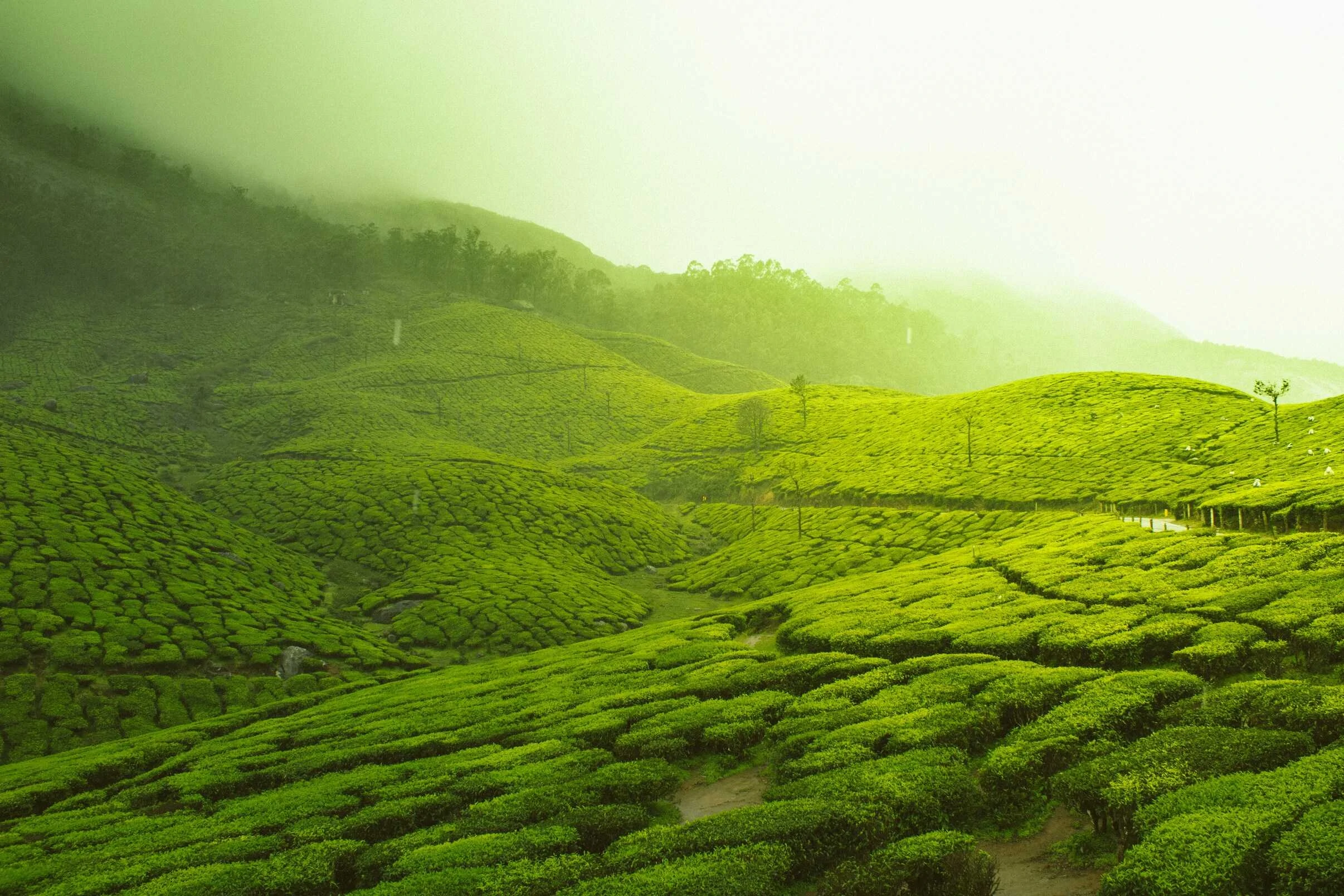The ICC has been involved with ideating and partnering on locally-led land restoration in India, a collaborative initiative co-developed and co-led by a consortium of partners – including World Resources Institute (WRI) and WRI India – which resulted in the establishment of the Harit Bharat Fund.
Why is land restoration critical in India?
- More than 700 million people in India depend on forests and agriculture for their sustenance. 85% of these are small and marginal landholders, making it critical to protect and restore these forests and farmlands.
- Fortunately, over 100 million hectares of land in India offers a potential for forest protection and landscape restoration, as identified in WRI India’s Restoration Opportunities Atlas. More than half of this potential – which could sequester 3 to 4.3 billion tonnes above-ground carbon by 2040 – is for restoration techniques like agroforestry that can boost crop yields by adding trees to productive farmland.(Source: Harit Bharat Fund)
How did the Fund emerge?
Start-ups, farmer-producer organisations, and NGOs across India are working on innovative land restoration solutions that have the potential to mitigate climate change, improve livelihoods, boost food and nutrition security, support ecosystem services, and build resilience. However, they lack access to sufficient finance and capacity to scale these solutions.
The consortium had observed growing interest in restoring degraded land from both domestic and international funders – one example being the role philanthropy played in enabling the Andhra Pradesh Community Managed Natural Farming (APCNF). However, there was still a lack of long-term commitment for restoration from donors along with a lack of adequate capacities for undertaking scientific restoration — that is place- and context-based; that responds to the socio-economic needs of local communities and meets their aspirations while also addressing maladaptation. We also noticed a lack of patient capital for enterprises to validate their business models and develop minimum viable products.
 To scale land restoration in India, we knew we had to design for robust collaboration, among different stakeholders with diverse expertise.
To scale land restoration in India, we knew we had to design for robust collaboration, among different stakeholders with diverse expertise.
– Dr. Ajita Tiwari Padhi, Senior Specialist – NbS and Resilience, ICC
Along with WRI and WRI India, the ICC sought to leverage its network and trusted reputation to bring several stakeholders together – to create the Harit Bharat Fund. Launched in September 2023, this Fund comprises six organisations representing different perspectives: WRI India, India Climate Collaborative, Transforming Rural India Foundation, Sangam Ventures , Spectrum Impact and Pune Knowledge Cluster, with support from the Office of the Principal Scientific Advisor to the Government of India, and Manthan.

What does the Fund do?
 This is not just about capital investments, but about generating equitable livelihood opportunities and improving food and nutritional security for people as well as restoring the health of our natural ecosystems.
This is not just about capital investments, but about generating equitable livelihood opportunities and improving food and nutritional security for people as well as restoring the health of our natural ecosystems.
– Sean DeWitt, Director, Global Restoration Initiative, WRI
Modelled after the successful TerraFund for AFR100 in Africa, this Fund is tailored to appropriately respond to the Indian context, needs, and challenges of local restoration champions – to accelerate a land restoration economy for India. It will provide grants for NGOs and customised loans for for-profit enterprises, ranging from INR 20 lakhs to INR 2.5 crores, with a focus on supporting women, first-generation entrepreneurs, and champions from other marginalised sections.
 Given the complexities of land-use challenges, we realised early on that we needed a blended finance approach. A partner investor has already brought in debt capital as a start, to demonstrate how blended instruments can support restoration in India.
Given the complexities of land-use challenges, we realised early on that we needed a blended finance approach. A partner investor has already brought in debt capital as a start, to demonstrate how blended instruments can support restoration in India.
– Dr. Ajita Tiwari Padhi, Senior Specialist – NbS and Resilience, ICC
In addition to financial support, the Fund will enable capacity building and one-on-one customised mentorship opportunities, towards supporting policy improvements.
The Fund is presently targeting the states of Maharashtra, Chhattisgarh, and Madhya Pradesh, given their rich natural resource base, low ranking on key development indicators, and larger tracts of degraded land – with the hope to build a model that can be replicated across India.
Visit the Harit Bharat Fund website to learn more.

Published on: 1st April 2024
Subscribe to our Newsletter
Join ICC's monthly newsletter and read more about uplifting climate narratives, innovative solutions, and other updates.

